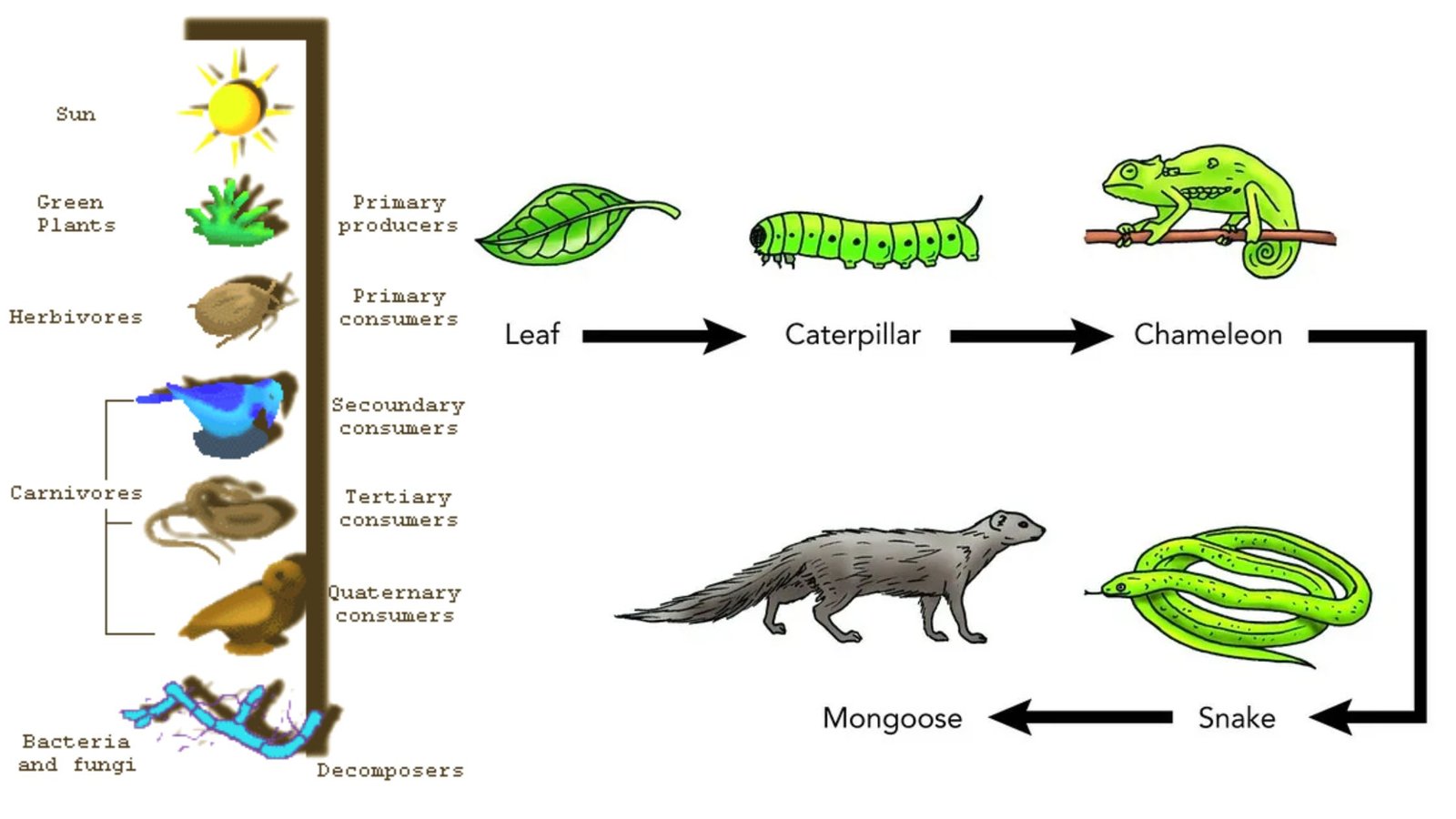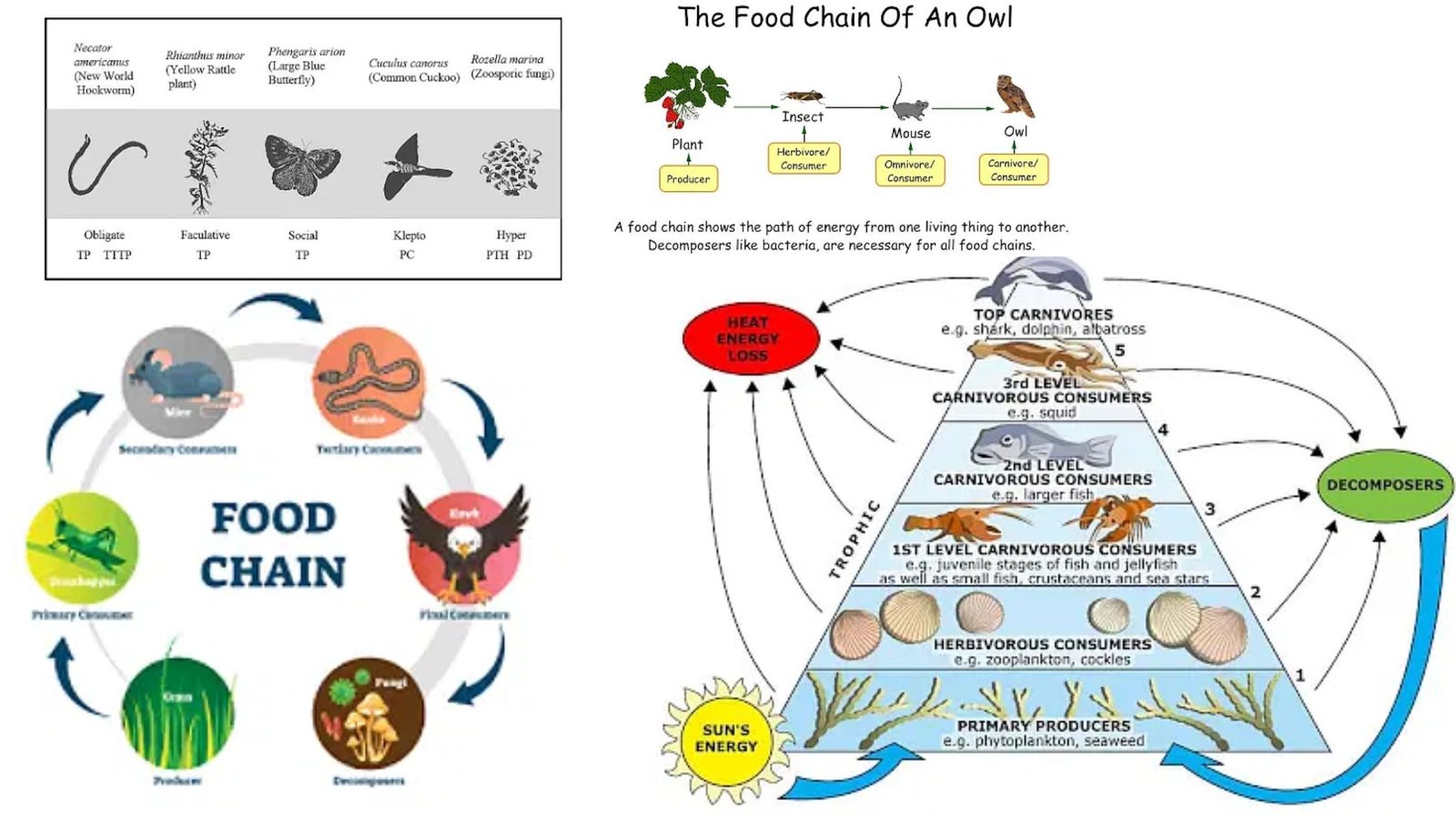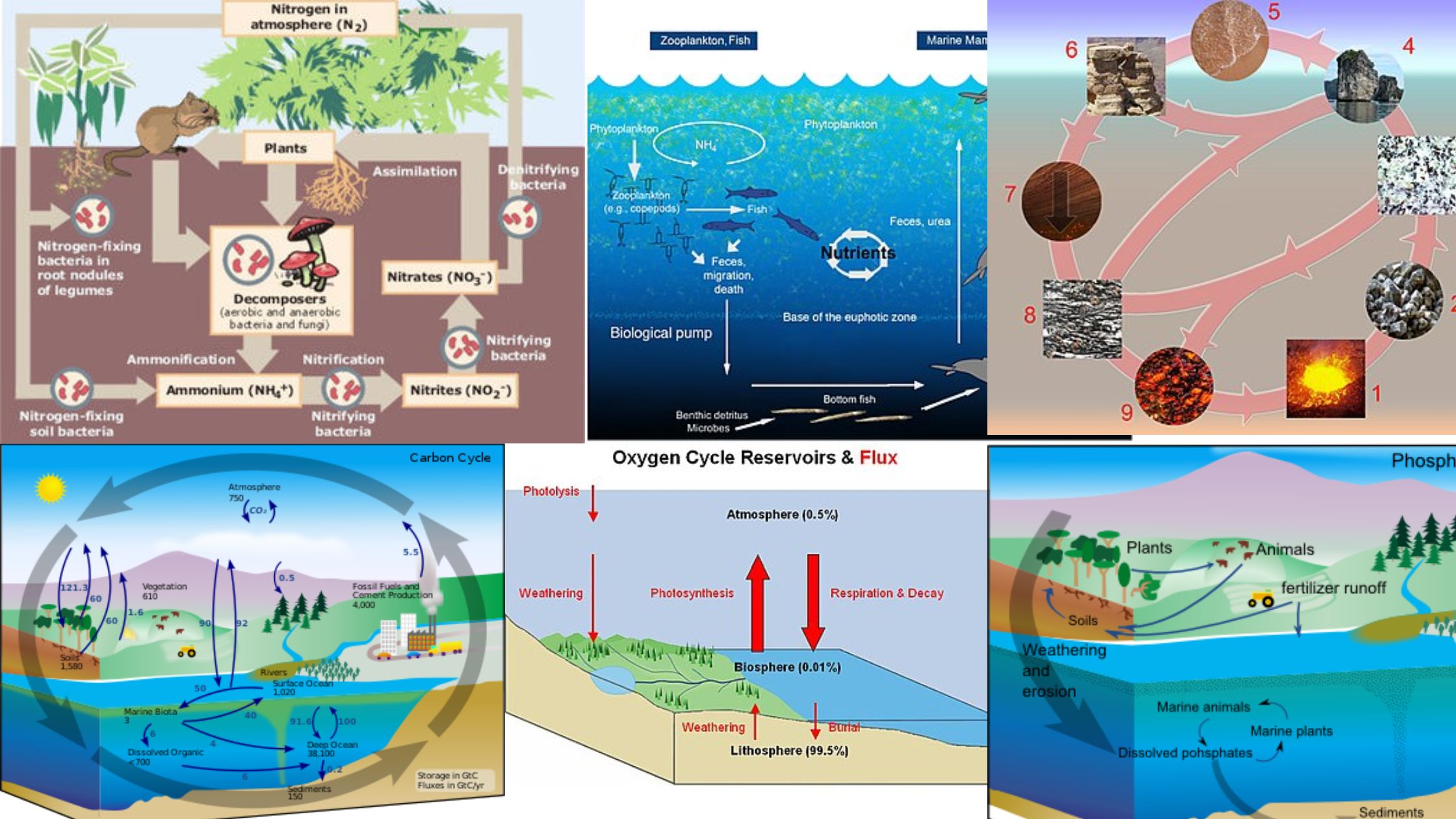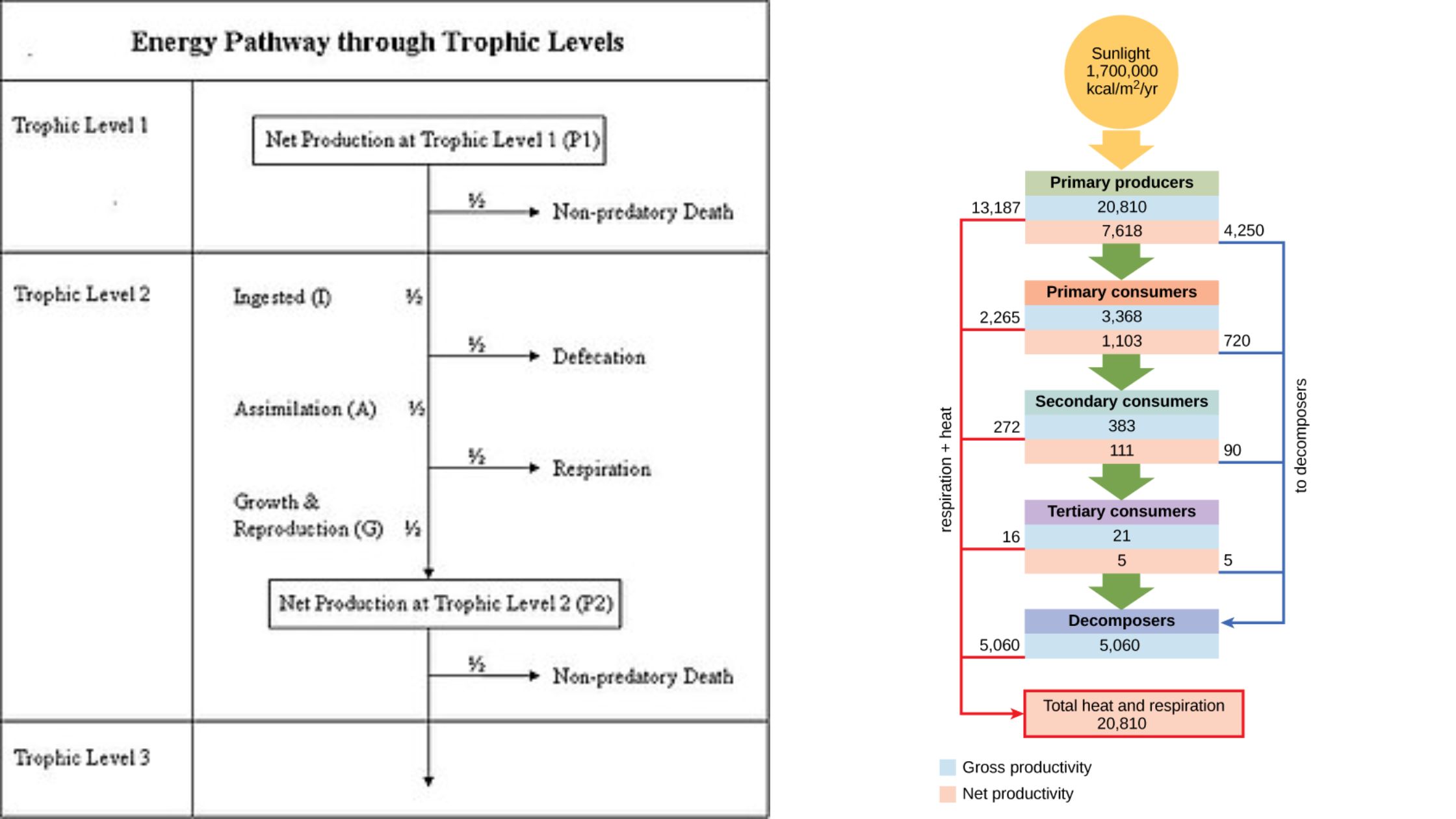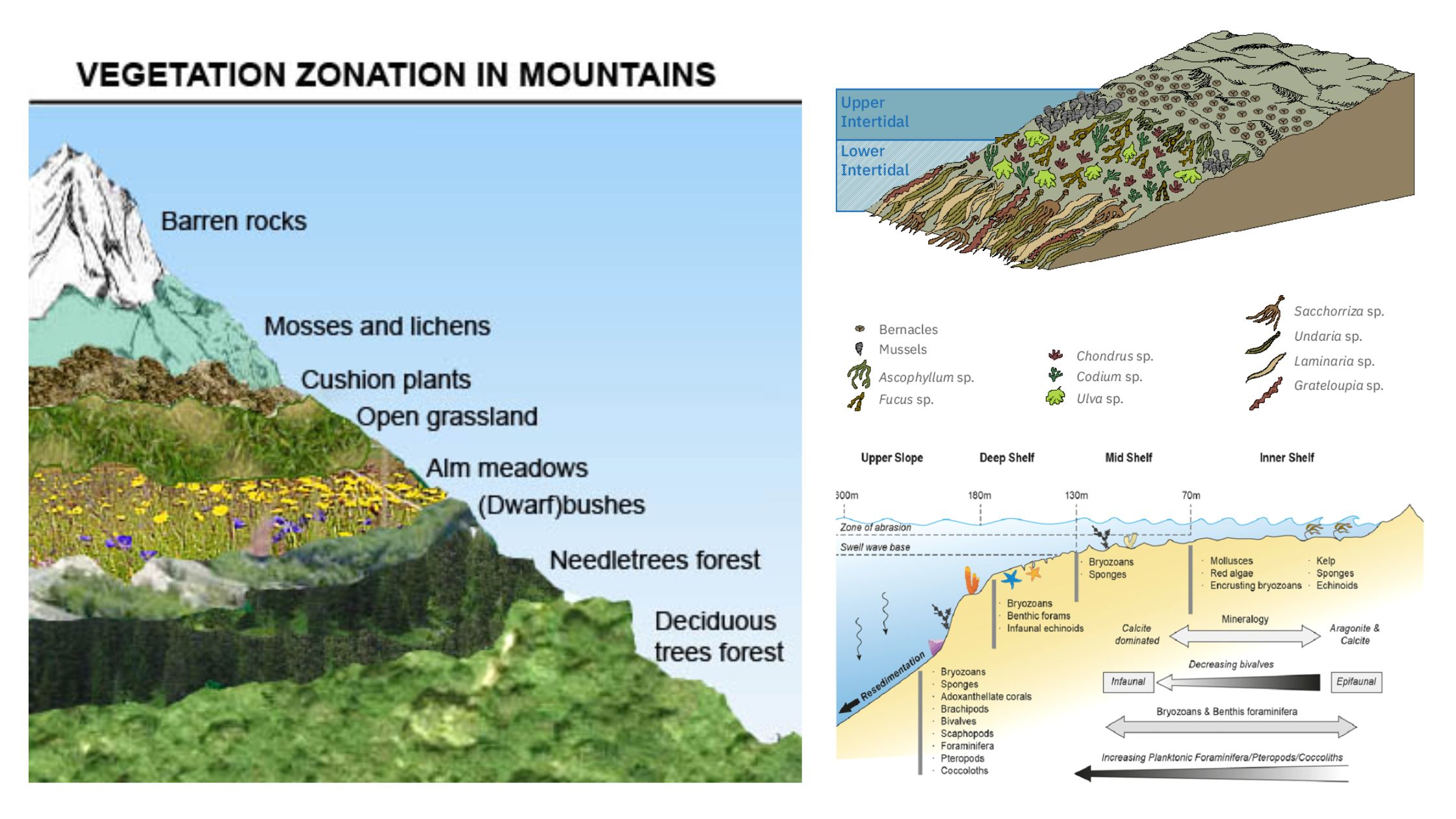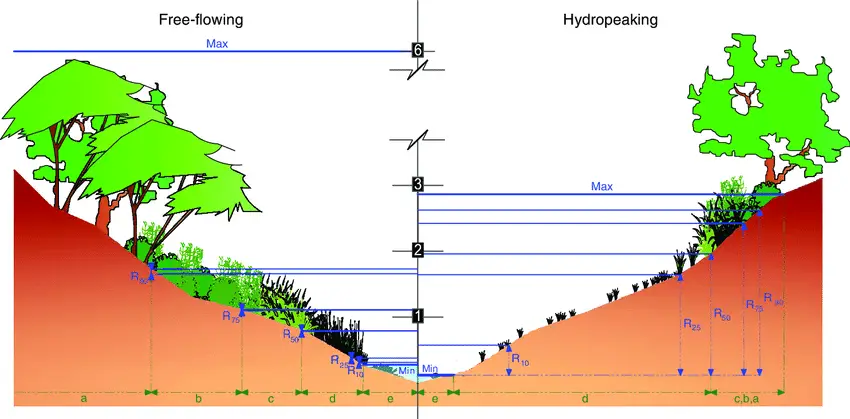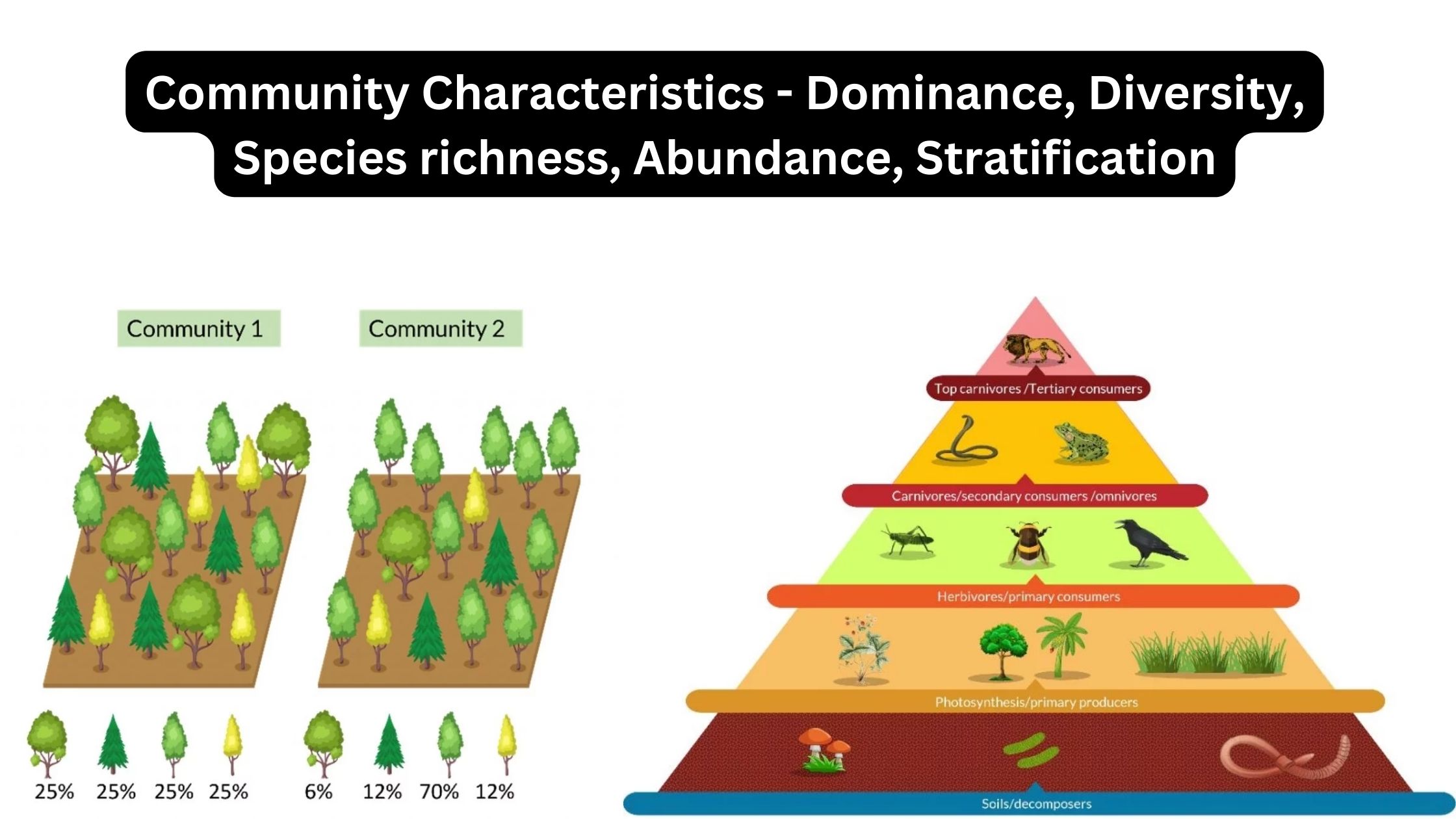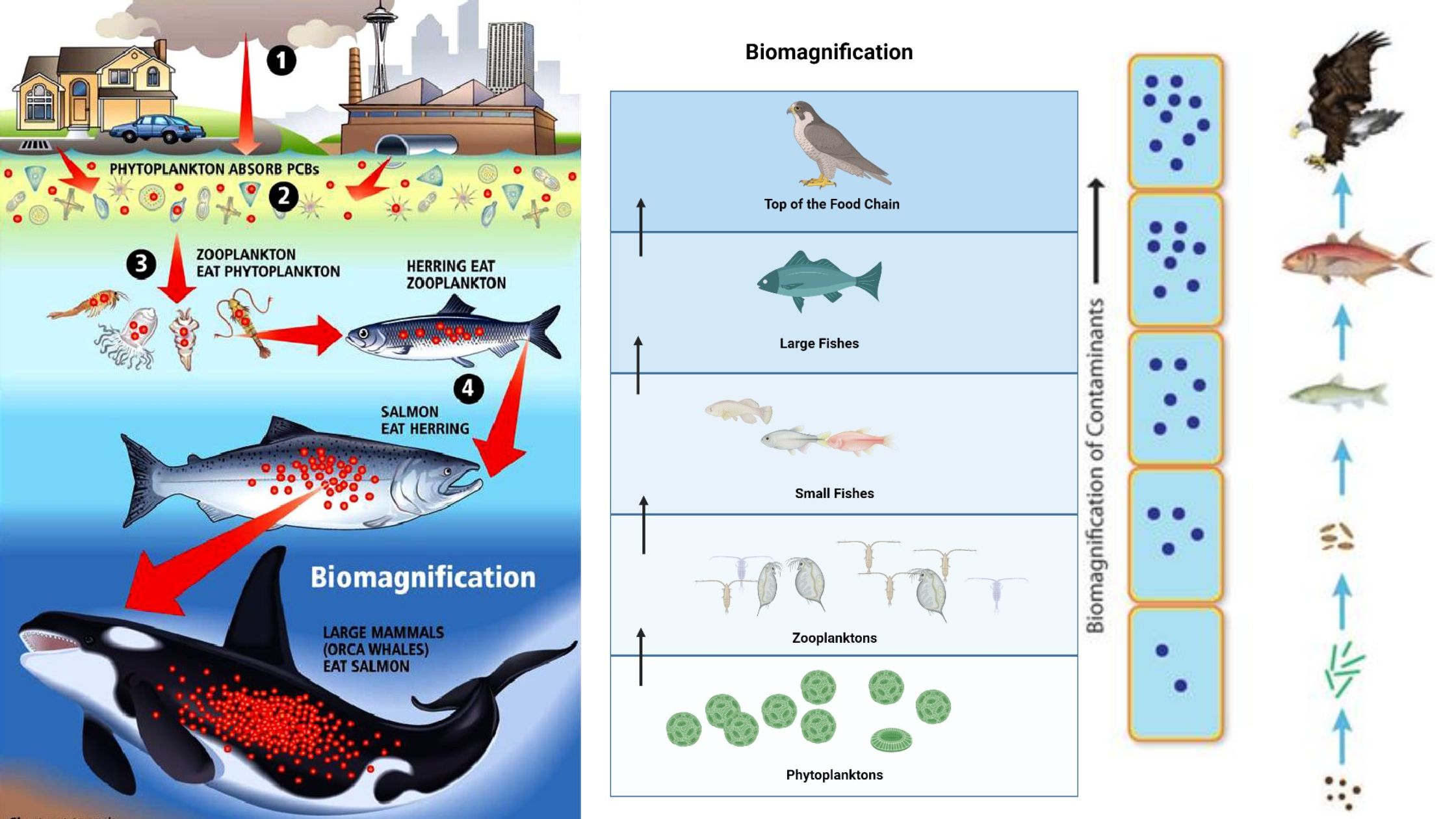Detritus Food Chain – Definition, Energy Flow, Examples
What is Detritus Food Chain? Characteristics of Detritus Food Chain The detritus food chain exhibits several distinct characteristics that set it apart from other food chains. Here are some key characteristics of the detritus food chain: These characteristics collectively highlight the unique features and ecological significance of the detritus food chain. By capitalizing on detritus … Read more
